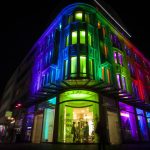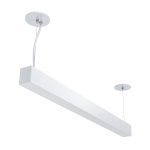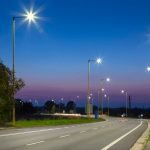Maximizing Yield: When to Switch LED Lights from Veg to Bloom for Optimal Plant Growth
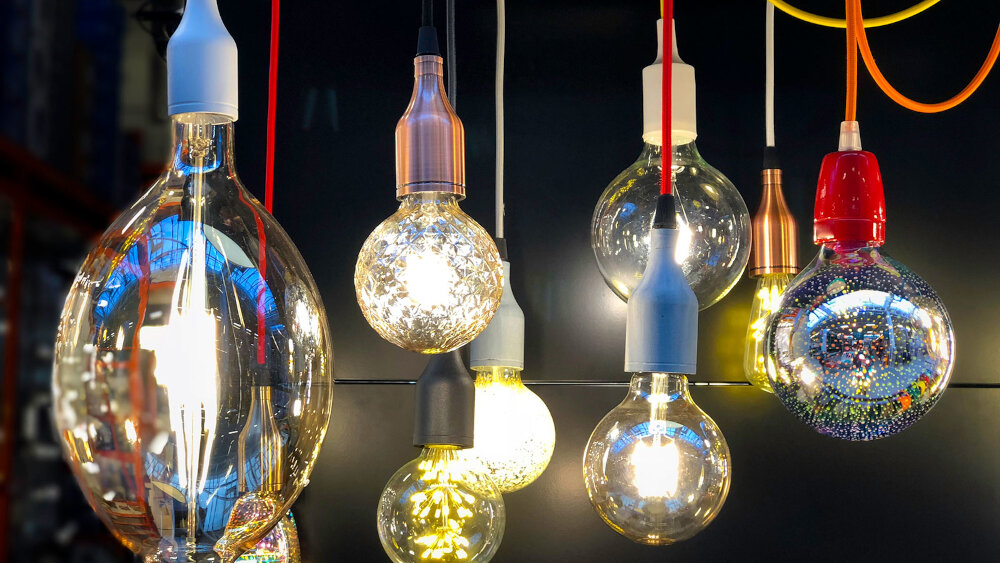
As indoor gardening gains popularity, LED lights have become a staple for growers looking to maximize their yield. LED lights are energy-efficient and can be tailored to a specific growth stage, making them a popular choice for both novice and experienced gardeners. However, knowing when to switch from Veg to Bloom LED lights can make all the difference in the quality and quantity of your harvest. The Veg and Bloom stages are critical periods of growth for plants, and switching to the appropriate LED light at the right time is essential for optimal plant growth. During the Veg stage, plants require blue light to promote leaf growth and stem development. When it comes to Bloom, plants require red light to encourage flower growth and fruiting. Understanding the science behind these growth stages and the role of LED lights can help you achieve the best possible results from your indoor garden.
LED lights, or Light Emitting Diodes, are a popular choice for indoor plant growth due to their energy efficiency, longevity, and effectiveness in providing the necessary light spectrum for photosynthesis. Unlike traditional light bulbs, LED lights emit a narrow spectrum of light that can be tailored to specific plant needs, allowing for optimized growth and ultimately, higher yields. They also produce less heat, reducing the risk of damage to plants from excessive heat. Additionally, LED lights can be programmed to switch between vegetative and flowering stages, providing the necessary light spectrum for each stage of growth. This flexibility allows for precise control over the growth process, resulting in healthier and more productive plants. Overall, the benefits of using LED lights for indoor plant growth are clear, making them a popular and effective choice for growers.
The veg and bloom stages are essential phases in the growth of plants, and they require different lighting conditions for optimal yields. During the vegetative phase, the plant focuses on leaf and stem growth, and it requires high levels of blue light to encourage vegetative growth. This phase is crucial for establishing a strong plant structure that can support the weight of the buds during the flowering phase. On the other hand, the flowering or bloom phase is where the plant produces flowers and fruits, and it requires a different spectrum of light that includes red and far-red wavelengths. This phase is critical for maximizing yield and potency, and it’s essential to switch to a bloom light when the plant enters this phase. By providing the right lighting conditions during each growth stage, growers can ensure that their plants reach their full potential and produce high-quality yields.
The Veg Stage: Using LED Lights for Optimal Growth
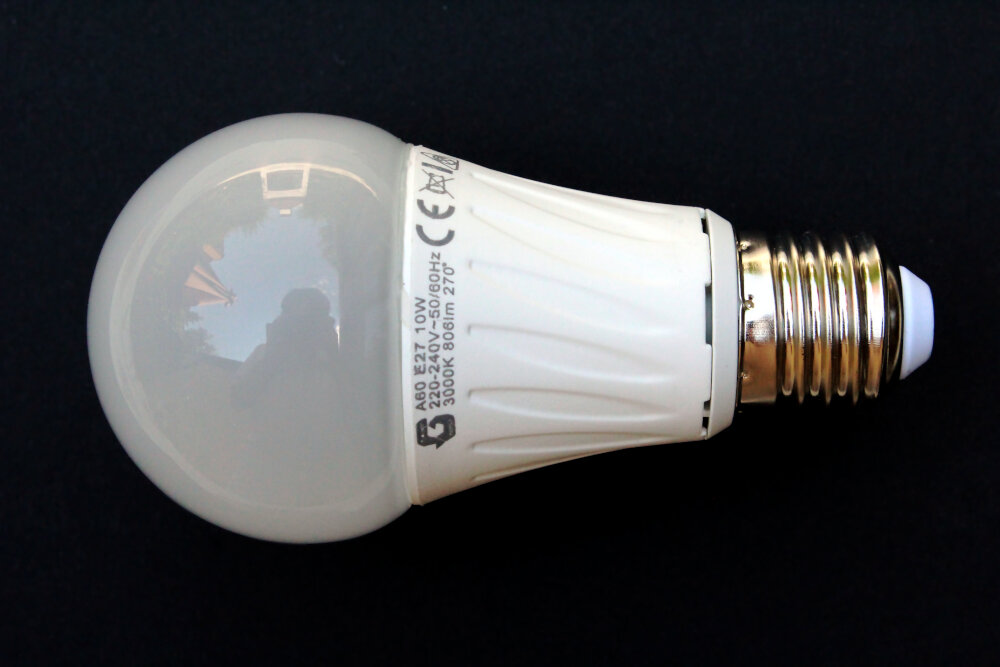
The veg stage of plant growth is a critical period that sets the foundation for a successful harvest. During this stage, plants require the right amount of light, nutrients, and water to promote healthy growth and development. One of the essential factors that determine the success of a veg stage is the type of light used. LED lights have become increasingly popular in recent years due to their energy efficiency, long lifespan, and ability to provide full-spectrum light that closely mimics natural sunlight. By using LED lights for optimal growth during the veg stage, growers can achieve higher yields and healthier plants. LED lights offer several advantages over traditional lighting sources such as fluorescent and HID lamps. They emit less heat, reducing the risk of plant damage or stress caused by high temperatures. LED lights also consume less power, making them a more cost-effective option for growers. Additionally, LED lights can be customized to emit specific wavelengths of light that promote plant growth and development. For example, blue light is effective in stimulating vegetative growth, while red light is crucial for flower development. By adjusting the spectrum of the LED light, growers can create an optimal environment for their plants throughout the veg stage and beyond.
The veg stage, also known as the vegetative stage, is a crucial phase in the growth of plants. During this stage, plants focus on developing strong stems, healthy leaves, and a robust root system. This is achieved through photosynthesis, where plants convert light into energy that is used to produce chlorophyll, the green pigment essential for plant growth. The veg stage typically lasts between 2-8 weeks, depending on the plant species, and is important because it sets the foundation for the plant’s overall growth and development. A healthy veg stage means that the plant will have a better chance of producing a higher yield during the flowering stage. As such, ensuring that plants receive the optimal light, nutrients, and environmental conditions during the veg stage is crucial for maximizing yield.
The optimal spectrum and intensity of LED lights for the veg stage varies depending on the plant species and growth goals. Generally, a spectrum with a higher proportion of blue light and lower red light is preferred during this stage as it promotes vegetative growth and leaf development. The ideal intensity of light falls between 400-600 μmol/m²/s, which can be achieved by placing the LED lights at a distance of 18-24 inches above the canopy. However, it is important to monitor the plants’ response to the light and adjust accordingly to prevent overexposure or undernourishment. By providing the appropriate spectrum and intensity of LED lights during the veg stage, growers can maximize plant growth and set a strong foundation for a high-yielding bloom stage.
During the veg stage, there are several tips to maximize yield with LED lights. Firstly, it is important to choose the right spectrum of light as plants require different wavelengths of light during different stages of growth. A blue spectrum is recommended during the veg stage as it promotes vegetative growth. Secondly, ensure that the plants are receiving enough light intensity as LED lights can be adjusted to the desired level. Thirdly, it is essential to maintain the appropriate distance between the light and the plants to avoid excessive heat and burning. Fourthly, consider using supplemental CO2 as it can increase plant growth and yield. Lastly, ensure that the plants are receiving enough nutrients and water as LED lights can increase the rate of water and nutrient uptake. By following these tips, growers can maximize the yield during the veg stage and achieve optimal plant growth.
The Bloom Stage: Switching to LED Lights for Optimal Growth
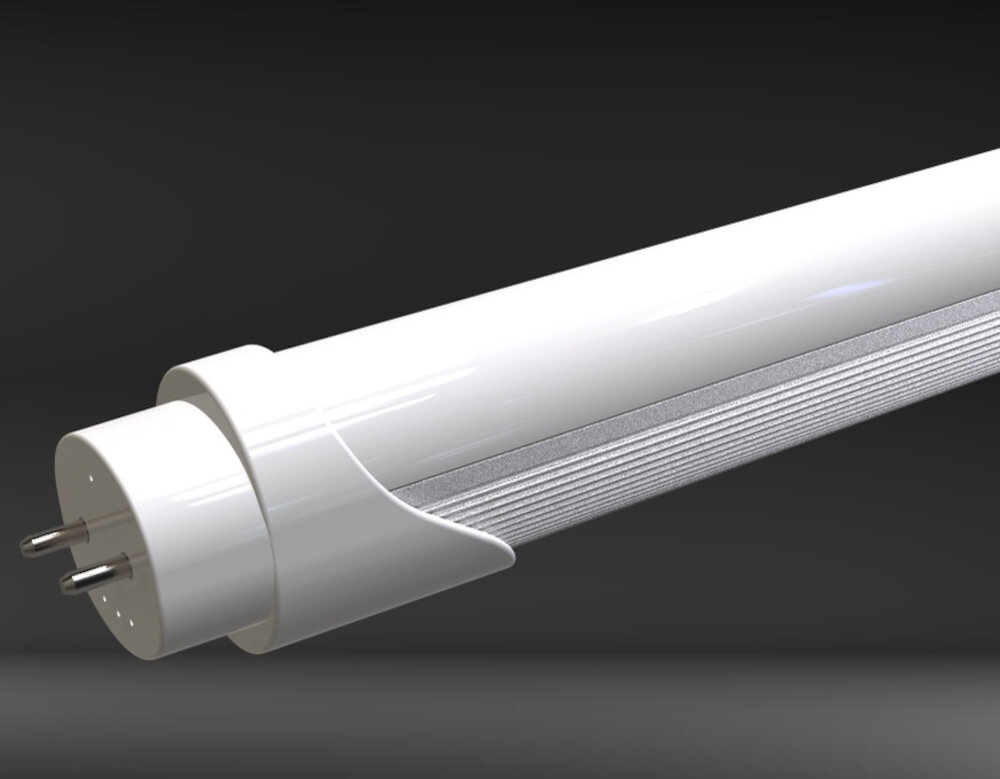
The bloom stage is a critical phase in the growth cycle of plants, as it is during this stage that they transition from vegetative growth to flowering. To ensure optimal plant growth during this stage, it is important to switch to LED lights. LED lights offer a range of benefits over traditional lighting systems, including increased energy efficiency, longer lifespan, and greater control over spectral output. In addition, LED lights produce less heat than traditional lighting systems, which can help to prevent heat stress and other issues that can affect plant growth and yield. When switching to LED lights during the bloom stage, it is important to consider a range of factors, including the specific needs of your plants, the size and layout of your growing space, and your budget. Some LED lights are designed specifically for use during the bloom stage, and may offer a range of features and benefits that can help to maximize plant growth and yield. These lights may include features such as adjustable spectral output, advanced cooling systems, and high-quality lenses or reflectors to help distribute light more evenly throughout your growing space. Ultimately, the key to maximizing yield during the bloom stage is to choose the right LED lights for your specific needs, and to use them in a way that is tailored to the unique requirements of your plants.
The bloom stage is a critical phase in the growth cycle of plants, where they start producing flowers and fruits. During this phase, plants require a different spectrum of light compared to the vegetative stage, which triggers the development of reproductive organs. The right light spectrum, intensity, and duration are crucial for maximizing yield and quality during the bloom stage. It is essential to switch LED lights from veg to bloom at the right time to ensure optimal plant growth. The bloom stage marks the final phase of the plant’s life cycle, where they reach maturity and produce fruits and flowers, making it an essential stage for growers to focus on for a successful harvest.
The optimal spectrum and intensity of LED lights for the bloom stage of plant growth depend on several factors. Firstly, the spectrum of light should have a higher proportion of red and far-red wavelengths as compared to blue and green. This is because these wavelengths are critical for triggering the flowering and fruiting stages of plant growth. Additionally, the intensity of light should be increased gradually over the bloom stage to mimic the natural increase in sunlight during the summer months. Too much light intensity can lead to photobleaching and other negative effects on plant growth. Therefore, finding the optimal balance between spectrum and intensity of LED lights is crucial for maximizing yield during the bloom stage of plant growth.
During the bloom stage, maximizing yield with LED lights can be achieved by ensuring that the light intensity and spectrum are optimized for plant growth. To do this, it is recommended to adjust the light height and intensity according to the plant’s needs, as well as to use LED lights with a spectrum that includes a higher ratio of red wavelengths to promote flowering. Additionally, it is crucial to maintain optimal environmental conditions, including temperature, humidity, and CO2 levels, to ensure that the plants can effectively utilize the light and nutrients provided. Proper pruning and training techniques can also help to increase yield by ensuring that the plants receive even light distribution and promoting the growth of healthy and robust buds. By following these tips, growers can achieve optimal yield and quality during the bloom stage with LED lights.
When growing plants with LED lights, timing and intensity are crucial factors affecting the plant’s growth and yield. Switching from veg to bloom LED lights is necessary when the plant enters the flowering stage. The flowering stage requires a different spectrum of light than the vegetative stage, and bloom LED lights provide the required red and orange wavelengths that boost flower development. It’s recommended to switch to bloom LED lights when the plant has completed its vegetative growth and starts to show signs of buds formation. The timing may vary depending on the plant’s genetics and the grower’s preference. However, switching too early or too late can negatively impact the plant’s yield and quality. Therefore, it’s essential to monitor the plant’s growth and adjust the light spectrum accordingly to maximize the plant’s potential yield.
Common Mistakes to Avoid When Using LED Lights for Plant Growth

When it comes to using LED lights for plant growth, there are a few common mistakes that must be avoided to ensure optimal results. One of the most significant errors is placing the lights too close to the plants. While LED lights are highly efficient, they emit a significant amount of heat that can burn the leaves of the plants. Therefore, it is crucial to maintain a safe distance between the lights and the plants, typically around 12-24 inches. It’s also essential to monitor the temperature of the grow room regularly to ensure it stays within an appropriate range. Another mistake that growers commonly make when using LED lights is not providing enough light during the blooming stage. Plants require different light spectrums during different stages of growth, and if the light is not adjusted accordingly, it can significantly affect the yield. During the vegetative stage, plants need more blue light, which promotes growth and development, while during the blooming stage, they require more red light, which stimulates flowering and fruiting. Therefore, growers need to switch their LED lights from veg to bloom mode to provide the right spectrum of light for their plants. By avoiding these common mistakes, growers can maximize their yield and produce healthy, robust plants with LED lights.
While LED lights have become a popular choice for indoor plant growth, many growers unknowingly make mistakes that can negatively impact their yields. One common error is using the wrong spectrum of light for the specific stage of plant growth. For example, using a vegetative light spectrum during the flowering stage can result in stunted growth and lower yields. Additionally, inadequate light intensity can also hinder plant growth and yield. It’s important to ensure that the LED lights are positioned at the correct distance from the plants and that the light intensity is suitable for the plant’s stage of growth. Another mistake is not providing adequate ventilation and air circulation around the plants, which can lead to heat buildup and damage to the plants. By avoiding these errors and properly utilizing LED lights, growers can maximize their yields and achieve optimal plant growth.
To avoid mistakes and maximize yield with LED lights, there are a few tips to keep in mind. First, make sure to choose the right LED light spectrum for each stage of plant growth – using a blue light during the vegetative stage and a red light during the flowering stage. Second, ensure that the LED lights are positioned at the correct distance from the plants to avoid burning or stretching. Third, maintain consistent light cycles and avoid frequent disruptions to the light schedule. Fourth, keep the LED lights clean and free of dust and debris to ensure optimal light output. Finally, monitor the plants closely and adjust the LED lights as needed to ensure that they are receiving the optimal amount of light for their growth stage. By following these tips, growers can avoid common mistakes and maximize their yield with LED lights.
The use of LED lights in indoor plant growth has become increasingly popular in recent years due to their numerous advantages over traditional lighting sources. LED lights are more energy-efficient, emit less heat, and can be customized to provide specific wavelengths of light that are essential for plant growth. These specific wavelengths, such as red and blue light, are absorbed by chlorophyll and other pigments in the plant, which helps drive photosynthesis and promote healthy growth. By using LED lights, indoor gardeners can maximize their yield and provide their plants with the optimal light conditions for each stage of growth. It is important to switch from veg to bloom LED lights at the appropriate time to ensure the plants receive the correct spectrum of light for their growth stage.
In order to maximize yield, it is crucial to understand the optimal use of LED lights during the veg and bloom stages of plant growth. During the veg stage, plants require a spectrum of light that is rich in blue wavelengths, which promotes vegetative growth and the development of strong stems and leaves. LED lights with a higher blue light output are ideal for this stage. When it comes to the bloom stage, plants require a spectrum of light that is rich in red wavelengths, which promotes flowering and fruiting. LED lights with a higher red light output are ideal for this stage. It is important to switch to this spectrum of light once the plants have reached the desired size to ensure optimal growth and yield. Additionally, it is important to consider the intensity and duration of light during both stages to avoid overexposure or underexposure. By carefully managing the use of LED lights, growers can achieve optimal plant growth and maximize their yield.
To maximize yield with LED lights for optimal plant growth, it’s essential to consider several factors. First, choose the right LED light spectrum for your plants’ stage of growth. Use blue light during the vegetative stage and red light during the flowering stage. Second, make sure to keep the lights at the proper distance from the plants to avoid burning or stunting growth. Third, maintain a consistent light schedule of 18-24 hours during the vegetative stage and 12 hours during the flowering stage. Finally, monitor the temperature and humidity levels in your grow room to ensure that your plants thrive in a healthy environment. By following these tips, you can maximize your yield and achieve optimal plant growth with LED lights.
Conclusion
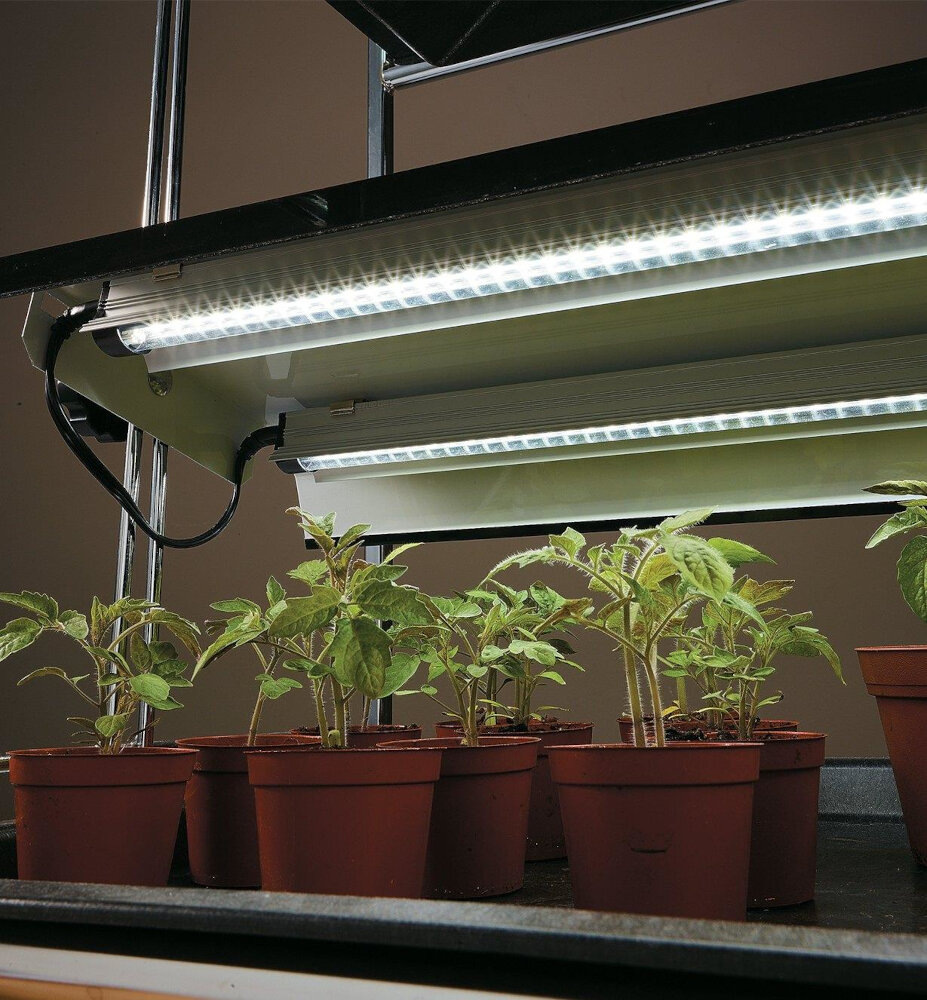
In conclusion, maximizing yield in plant growth requires careful consideration and timing when switching LED lights from the vegetative stage to the flowering stage. It is crucial to understand the specific needs and characteristics of each plant species to determine the optimal time for switching the lights. Additionally, factors such as light intensity, duration, and spectrum should also be taken into account to ensure the best results. By properly managing the lighting conditions, growers can achieve optimal plant growth and yield, ultimately leading to a more sustainable and profitable crop.

